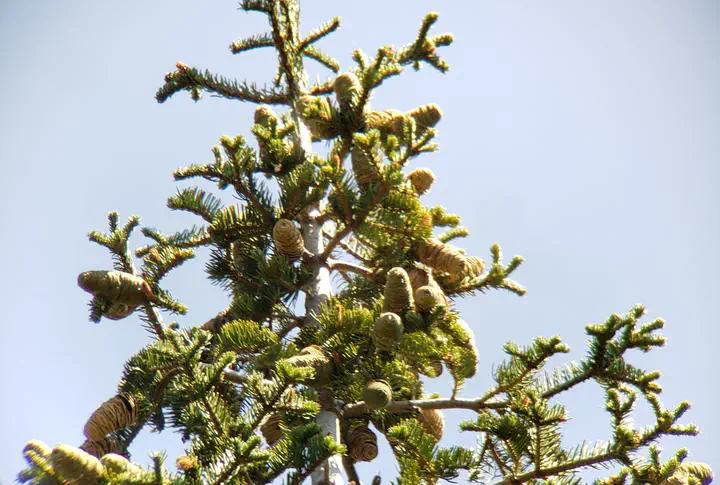Post-fire conifer seed production

The quantity of seeds produced after fire by surviving trees – and the timing of seed ripening – can affect both the likelihood of post-fire forest recovery and the potential for managers to collect cones (and their seeds) to support reforestation efforts. Regeneration models tend to assume that the seed output from each surviving tree is either fixed or a function of tree size and/or species, but the otherwise treat all surviving trees as equally reproductive. However, within fire footprints, surviving trees have usually incurred some degree of fire injury, and the effect of this injury on seed production is poorly understood. We are examining how fire injury affects conifer fecundity (seed production) in the first and second year following wildfire by measuring fire injury metrics (e.g., canopy scorch, bole char) and counting maturing cones in trees across multiple species and multiple wildfires in California mixed-conifer forests. In addition, we are ditigizing and analyzing extensive historical records of cone collections from Cal Fire and the USDA Forest Service to evaluate how weather and climate explain collection date (an indirect metric of seed ripening date). The results will enable predictions of the magnitude and timing of seed production in post-fire forests, which can inform post-fire reforestation planning.